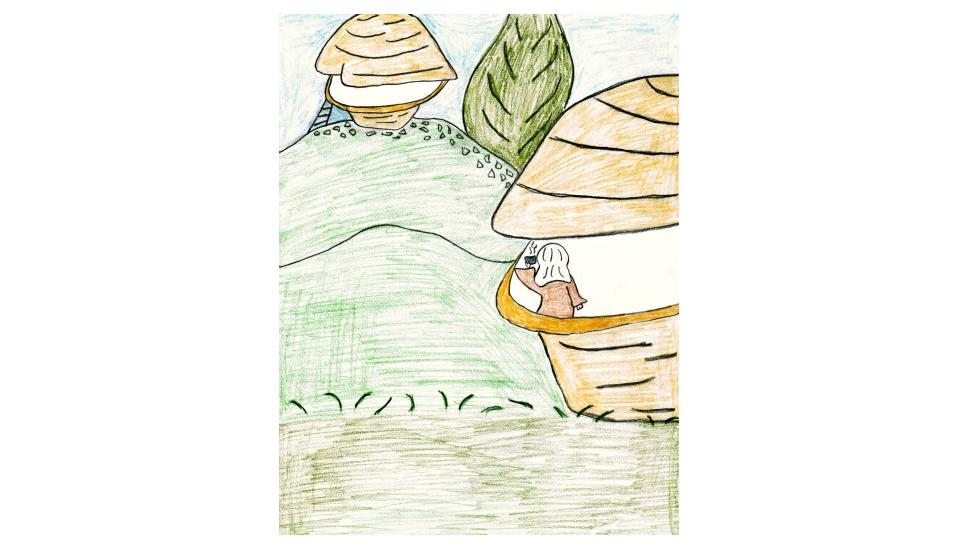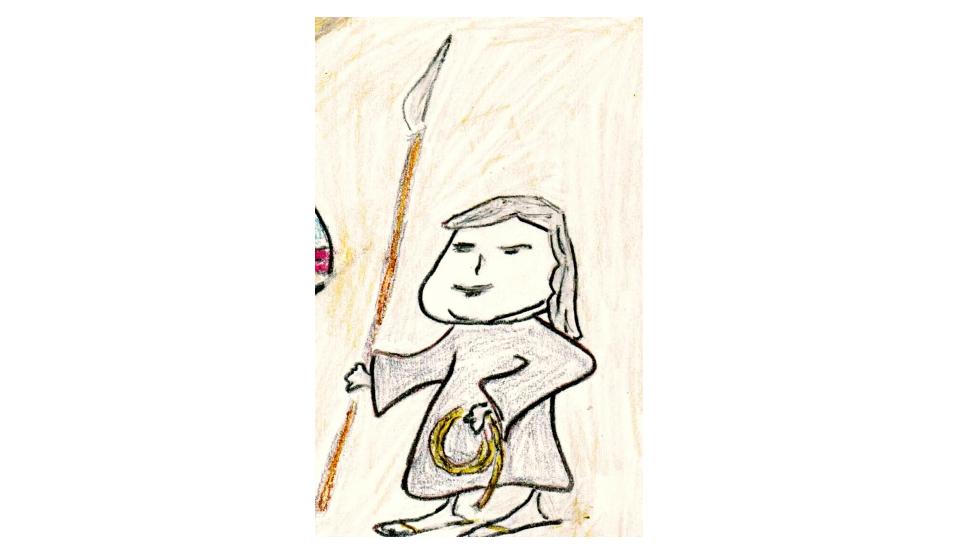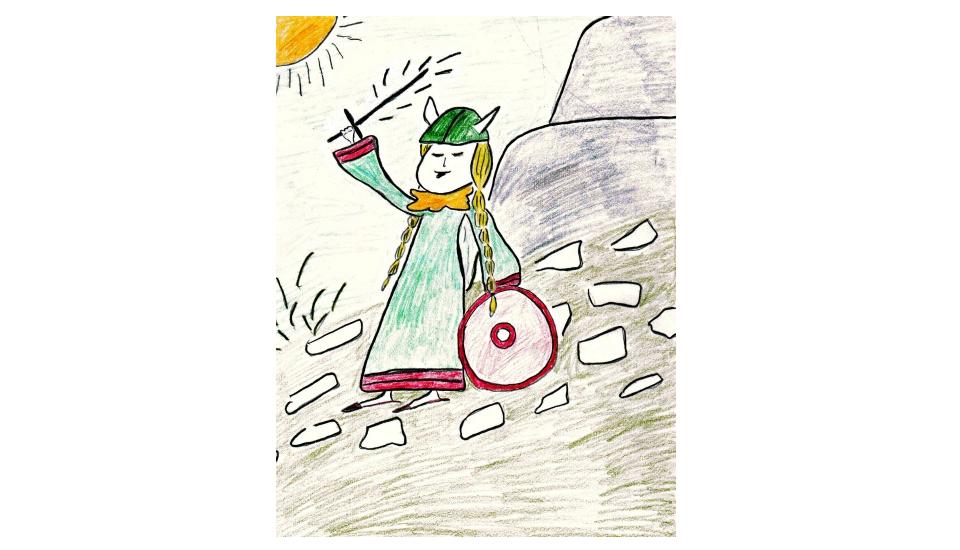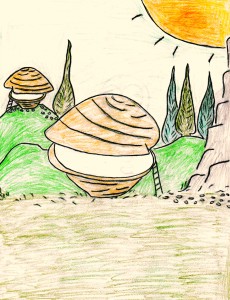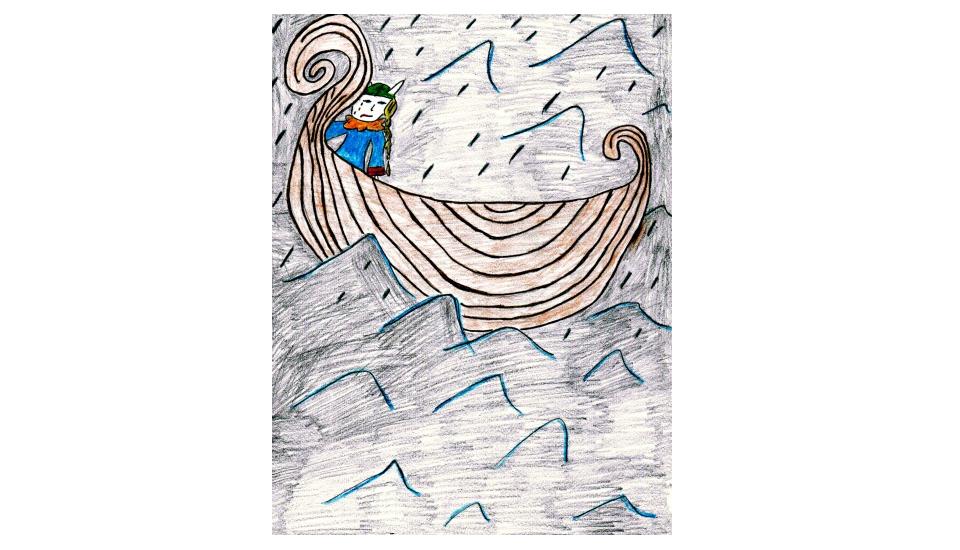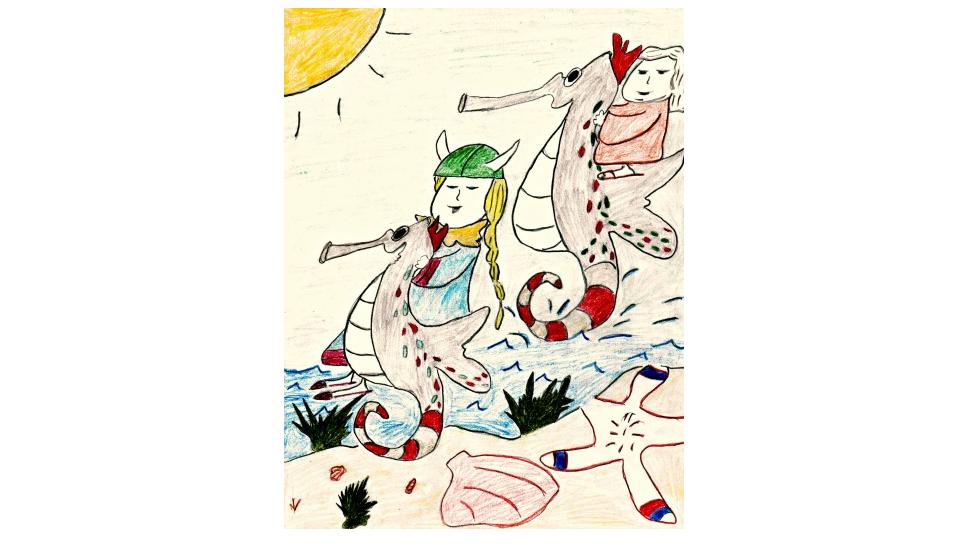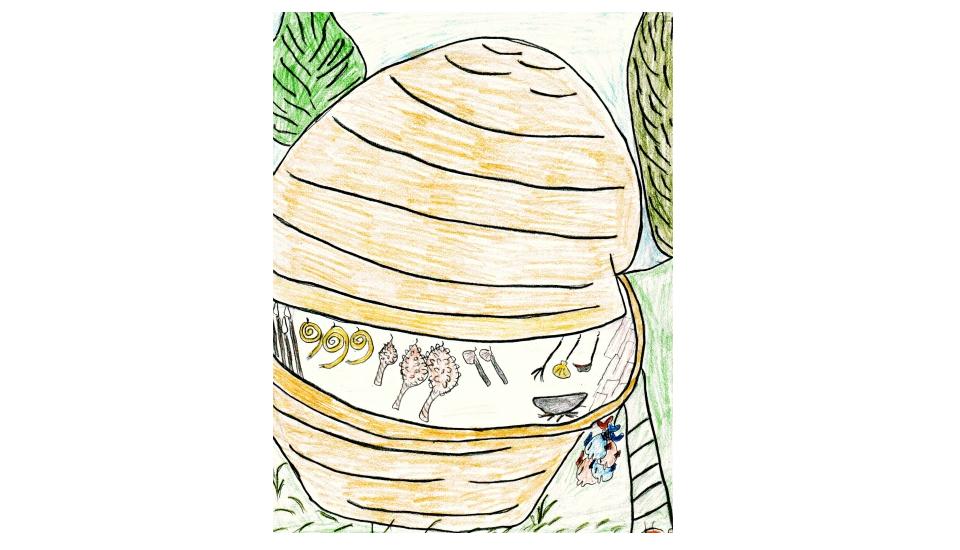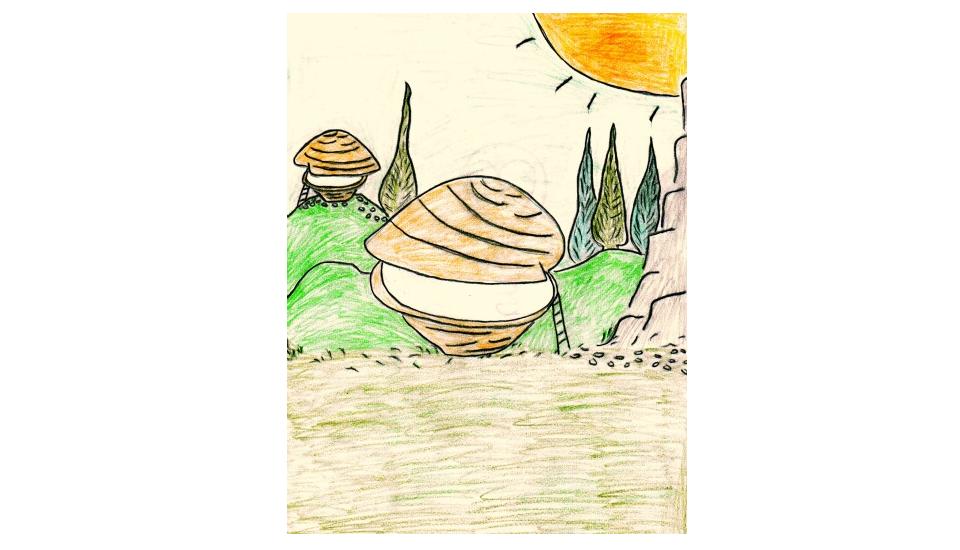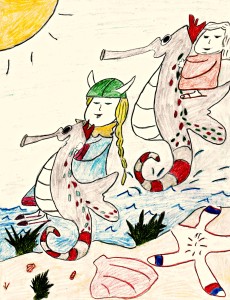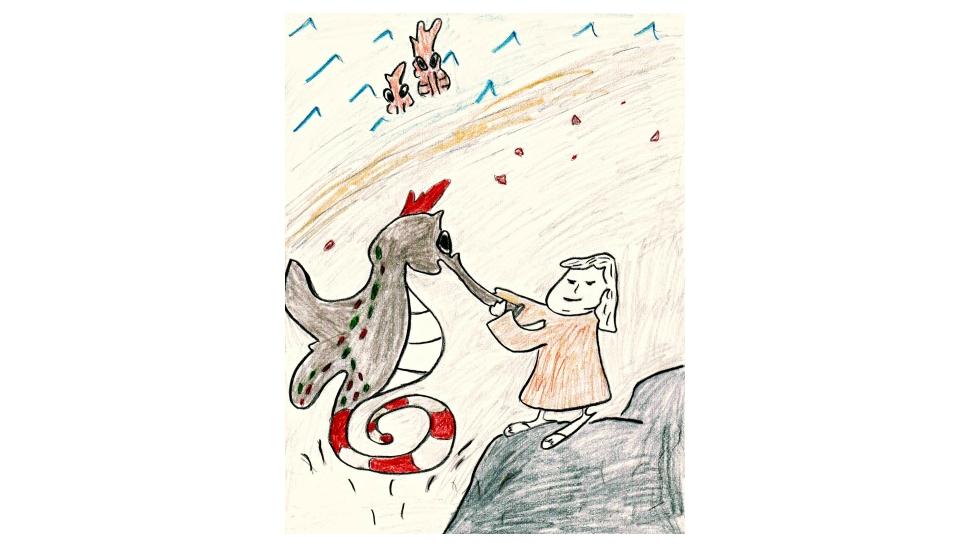
Today’s Hermipedia Feature: How to Ride a Horse or Sea horse on Hermit Island…
The sea horses in our children’s story, The Viking and the hermit: Spear Fishing with Sasha & Kasha, are not like other seahorses, but you can ride them very similarly, just like a regular horse.
The Difference Between a Horse and Our Sea horses
First, we need to point out some differences on how to ride a horse from one of our sea horses in our story. A sea horse is more upright than a horse, but is similar in height. Instead of holding reins like on a horse, you hold around the neck of the sea horse.
Horses Gallop vs. Sea Horses Skip
The sea horse does not gallop or trot like a horse, but a ride on one springs and bounces much like a pogo stick instead.
There is a rhythm of movement while riding a sea horse as well. It is both forward, and riding over a hump, like a horse on land, but the hump is bigger and more vertical in riding, as the sea horses spring, skip and jump.
A horse can navigate over land of course, and water too, but the sea horses of our story are supreme swimmers as well as mobile on land for riding.
Similarities Between Riding a Horse and Our Sea Horses
Our sea horses have a saddle area or curve of their backs for riders to sit, although the ride is bare back, and without any stirrups.
Mount a Sea Horse
To mount a sea horse for riding, a rider must hold to the sea horse neck, and lift and swing up onto the sea horse. The sea horses are very good at sitting still to make this easier if you first pet them, and rub their long noses. You can then rub between their eyes, and stroke their head comb, over and down to the back of the neck, where you need to place your hand to lift yourself up for riding.
How to Ride
A rider sits upright and straight on the back of the sea horse, much like a horse. To ride, you want your shoulders straight and not rounded. For riding, you need your lower back to not be curved, but lined up under your shoulders.
To ride like Viking, and because she is so tall, she does not need to swing up onto the back of the horse like Hermit. She can just scoot up, and keep both legs to one side, like side-saddle on a regular horse.

The Difference Between How to Ride and Stop a Horse from a Sea Horse
Since there are no reins with our sea horses, to stop the skipping, hopping or jumping, riders need to lightly squeeze with their legs to first let the sea horse know. Then, a rub on the neck where riders hold, will tell the sea horses to come to a stop. It also helps to just say, “Whoa Kasha.”, or “Let’s stop Sasha.”
Our sea horses in our story, and particularly Kasha and Sasha are very smart, and will hear voice commands well. Especially if they have gotten to know you, like Hermit, and know that Hermit likes Viking, and it’s OK to like Viking too.
